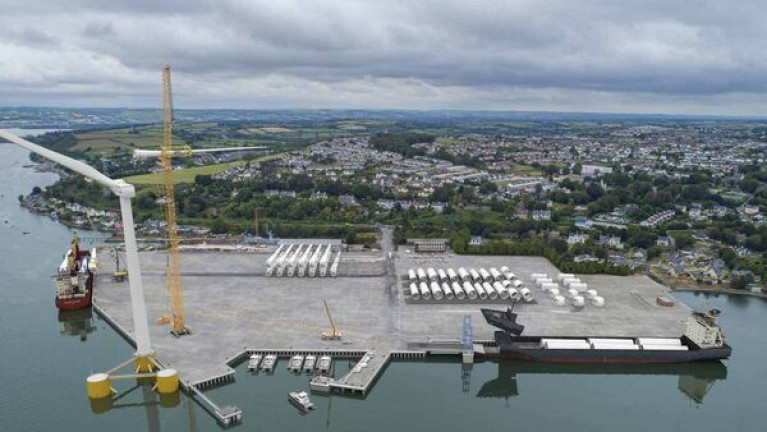Displaying items by tag: Services
Race is On by Irish Ports to Service Offshore Wind Farms
Ireland is setting itself the ambitious goal of developing 5,000MW of offshore wind energy by the end of the decade, in the meantime ports and harbours around the country are putting in place plans and infrastructure to facilitate such development.
This according to the Irish Examiner, will allow Irish Ports to help deliver, assemble and service the various pieces of infrastructure required.
Onshore wind farms are already a common sight on Irish hills and mountains and they will be joined shortly by the rapid growth of solar farms. However offshore wind is seen as one of the fastest-growing industries that will provide a significant portion of the power required for the country to become completely carbon neutral by 2050.
To meet the goal of 5,000MW by 2030, up to ten separate wind farms will be needed. Plans have been announced or foreshore applications lodged for a number of floating wind farms off the eastern, southern and west coasts.
Last week the Government published the National Marine Planning Framework establishing a planning system for these projects. However, port companies around the country are gearing up for the extensive support industry that will be needed and have been joined by an increasing number of new firms set up in anticipation of the growing industry.
The newspaper also features related plans for Cork Harbour, Rosslare Port and Shannon Foynes.
























































